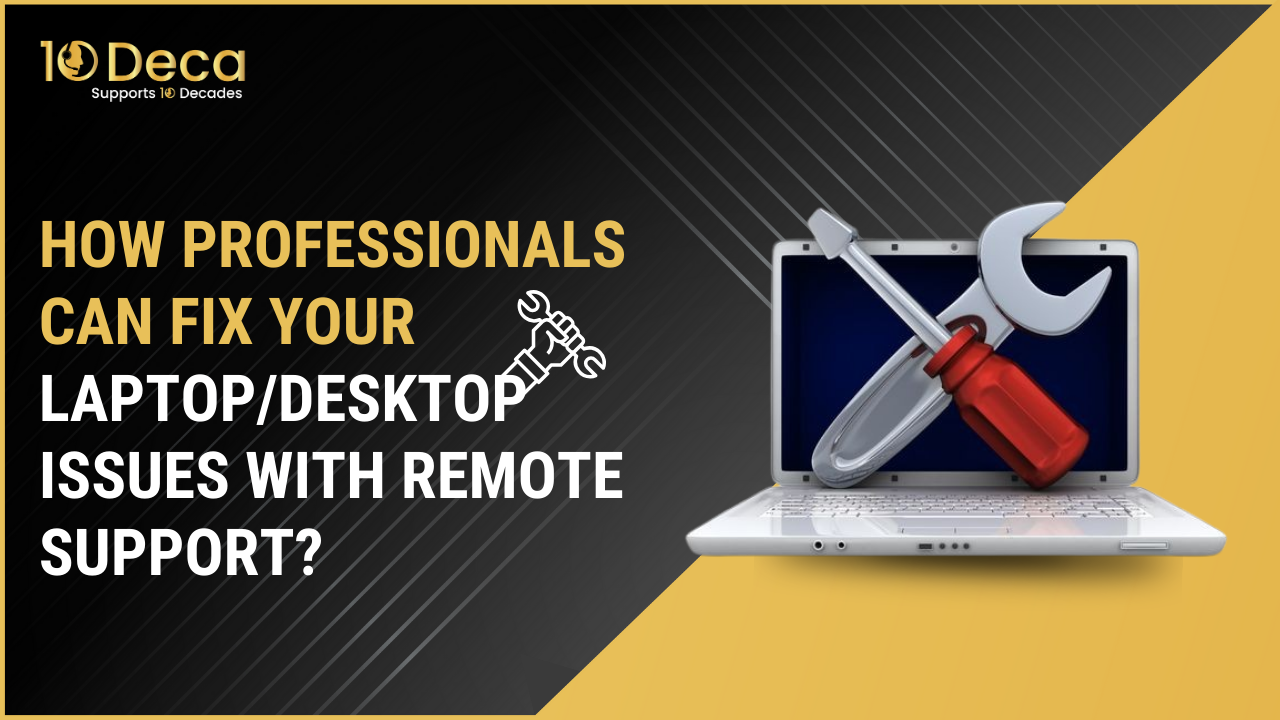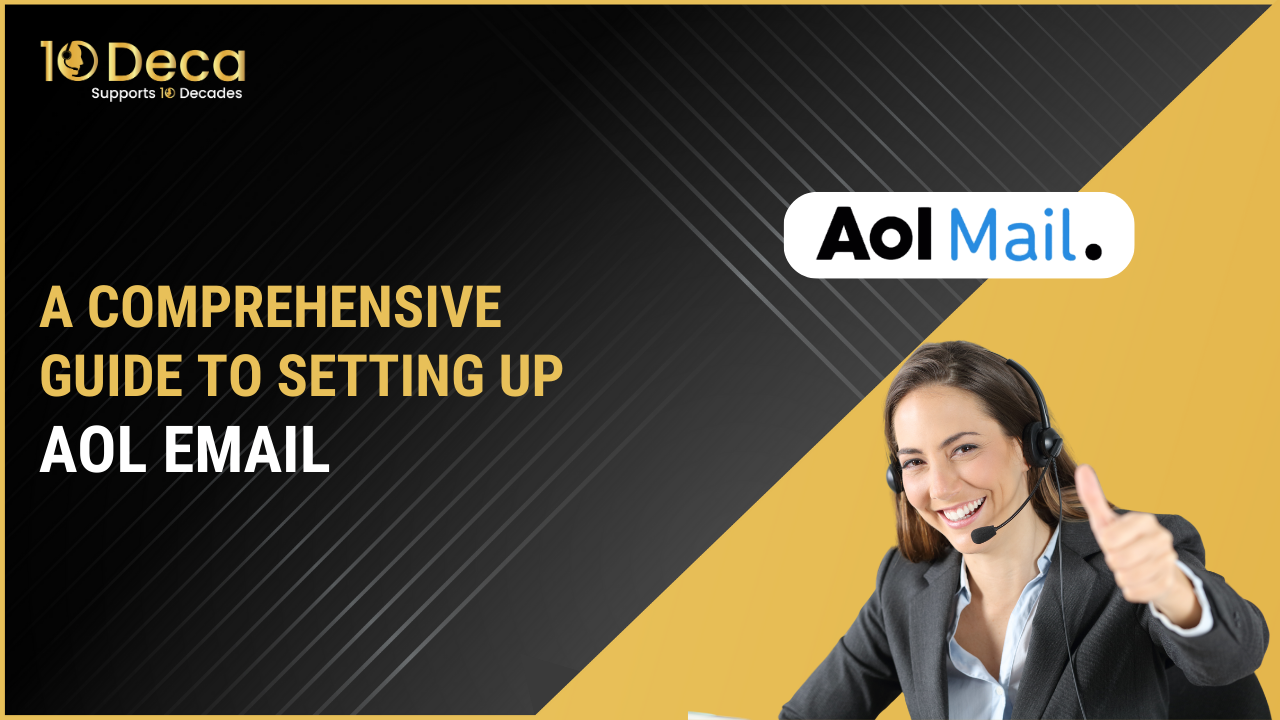Posted on:
Outlook Online Support: Tips for Efficient Email Management

Email has become a necessity in today’s life. Although it facilitates communication, it demands time and attention. Most of us receive hundreds of messages daily, and we rarely find time to sit down and read them all.
Thankfully, you don't have to go through hundreds of messages every day. If you start using some recommended email setup techniques, you may notice that you spend less and less time reading and sorting your emails.
Microsoft Outlook is one of the greatest desktop email applications available. However, with a large number of Outlook profiles and a significant amount of incoming emails, managing and organizing your Outlook emails becomes difficult.
In the next portion of the article, we will provide strategies for email setup. So, read on to the conclusion of this essay to learn the best Outlook email management strategies from pros.
Top Tips for Outlook Email Setup
Like most other email services, Outlook provides a comprehensive range of tools to assist users manage their inboxes. However, many of these Outlook email management capabilities need to be more evident, therefore many do not utilize them. After searching the web, we chose these five best practices for your Outlook email setup. Let's look at them briefly.
Whether you're an expert in Outlook customization or just getting started, these Outlook email management tips will help you get the most out of your Outlook experience.
Organize messages into folders
Maintaining folders is one of the most straightforward methods to handle Outlook emails. Folders allow you to take messages out of your primary inbox and organize them based on criteria that make sense to you.
Some individuals find it most convenient to have folders depending on what needs to happen next (respond, task, read, etc.). Others choose to organize messages into categories based on their subject (online shopping, work, etc.). You may organize the folders any way you choose, but doing so will help reduce clutter in your inbox.
Make templates
The sooner you answer emails, the simpler it is to clear your inbox. If you send a lot of very repetitive emails you should consider establishing email templates as part of your Outlook email management approach. To create an Outlook template, first compose a new message and then save it as a template. You can do this in both Outlook online and Outlook desktop versions.
Disregard unwanted messages
Every day, we all receive dozens of trash emails. Although you can block emails in Outlook, it's sometimes more convenient to utilize the ignore option instead. The Ignore tool sends all messages in a specified discussion to your Deleted Items folder. In addition, whenever someone replies to the chat thread after you've clicked ignore, additional messages will be added to your Deleted Items folder.
Create Outlook rules
Outlook rules allow you to automate common Outlook inbox management operations, such as labeling things as spam, deleting messages, and transferring messages from specified senders into folders. Once you've set up Outlook rules, they'll run automatically without your interaction.
Flag for Further Follow-up
Sometimes, you need to swiftly filter through your incoming messages and don't have time to answer everyone right away. Fortunately, flags exist to assist with this specific issue; they allow you to label messages so you know what to do with them later.
You may build up a flagging system to determine which messages require responses, which should be converted into to-do items, and which can simply be discarded. These Outlook email management methods are especially useful for individuals who only have a limited amount of time each day to deal with emails.
Organize your emails with labels
Labels (or tags) are an excellent method to organize emails and facilitate searches. I also utilize them to quickly establish who sent the email and its priority level. But, like every great organizational structure, there is a science behind it.
The trick is to keep things simple. Don't create too many labels. I keep to three labels: college administration (contracts and other documentation), faculty communications, and student communications.
To create a category label, click the caret next to the Categorize symbol, which resembles a gift tag, and then select New category. Give your category a name, select a label color, and click Save. (You may also select Manage categories to add and change categories.) And, because you know how to establish email rules, you can automate the tagging process.
Automate repetitive operations using Quick Steps in Outlook
Automating repetitive processes can boost productivity and efficiency in the workplace. Microsoft Outlook's Quick Steps function provides a simplified method for doing everyday tasks with minimum effort. Consider the case of performing monthly reviews of vendor bills. Traditionally, this entails examining bills, passing them to the accounting staff, and issuing reminders for follow-up tasks. However, Quick Steps makes this operation easier by combining many activities into a single, configurable command.
- Access the Quick Steps option from Outlook's Home ribbon.
- By choosing Quick Steps, a popup will appear prompting you to create a new quick step.
- You can customize the step by giving it a clear and descriptive name, which makes it easier to identify its role.
- You can then define the desired actions to be performed when the last step is implemented, with the option to include multiple actions if necessary.
- After defining the fast step according to preferences, you can store the settings, creating an automatic procedure for future execution.
In essence, Quick Steps in Outlook allows you to enhance your productivity by automating repetitive actions like email forwarding and reminders. By utilizing this tool, professionals can increase productivity, reduce manual labor, and focus on strategic goals.
Final Words
This article focuses on Microsoft Outlook Email Management Tips for a clutter-free mailbox. We've discussed and listed the top strategies for managing Outlook Inbox to secure and preserve your data. If you are facing any difficulties in managing your outlook. At 10Deca, our experts are here to assist you 24/7.



